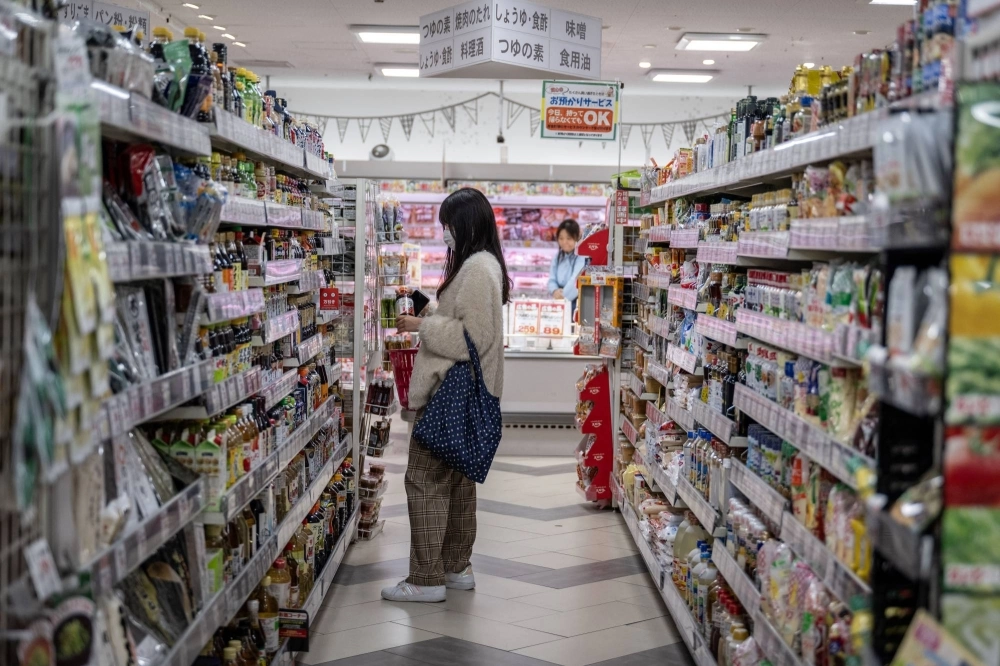Japan’s economy is likely to have contracted in the first three months of 2024 due in part to disruptions at car makers, clouding the growth outlook as the central bank attempts to set the right pace for policy normalization.
A government report on Thursday is forecast to show that gross domestic product (GDP) shrank at an annualized pace of 1.2% in the three months through March, according to economists surveyed by Bloomberg. The preliminary data is expected to show that spending by consumers and companies fell, while net exports exerted a drag on growth for the first time in a year.
"The result will likely show that Japan’s economy is at a standstill,” Yoshiki Shinke, a senior executive economist at Dai-Ichi Life Research Institute who has won forecasting awards, wrote in a note on May 10. "The main reason for the contraction is the significant reduction of auto production” after a verification certification scandal erupted at Daihatsu.



















With your current subscription plan you can comment on stories. However, before writing your first comment, please create a display name in the Profile section of your subscriber account page.